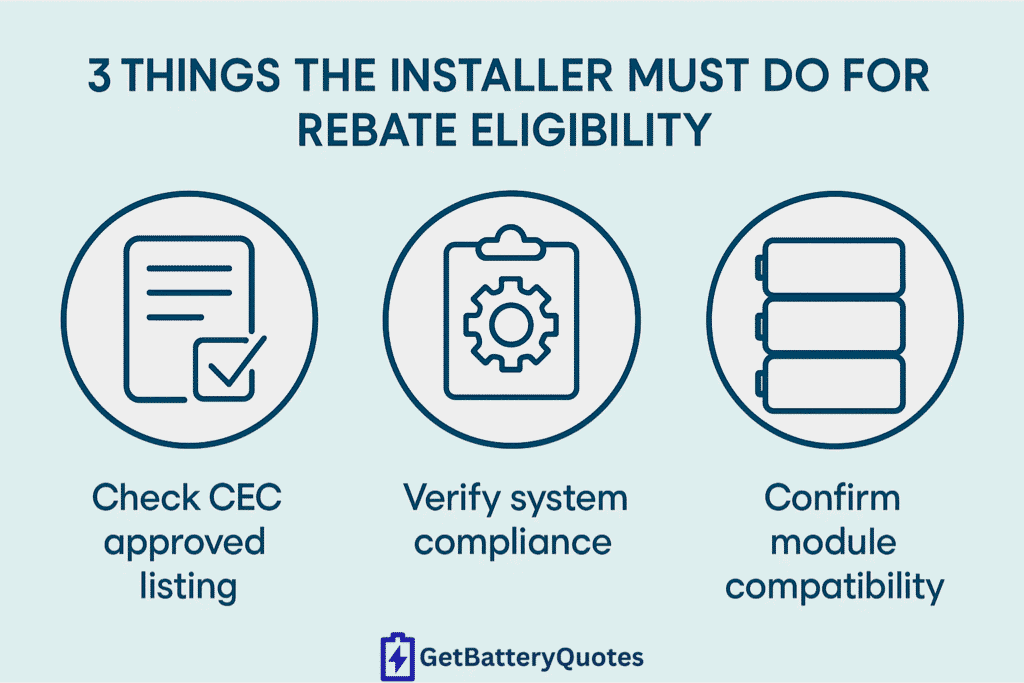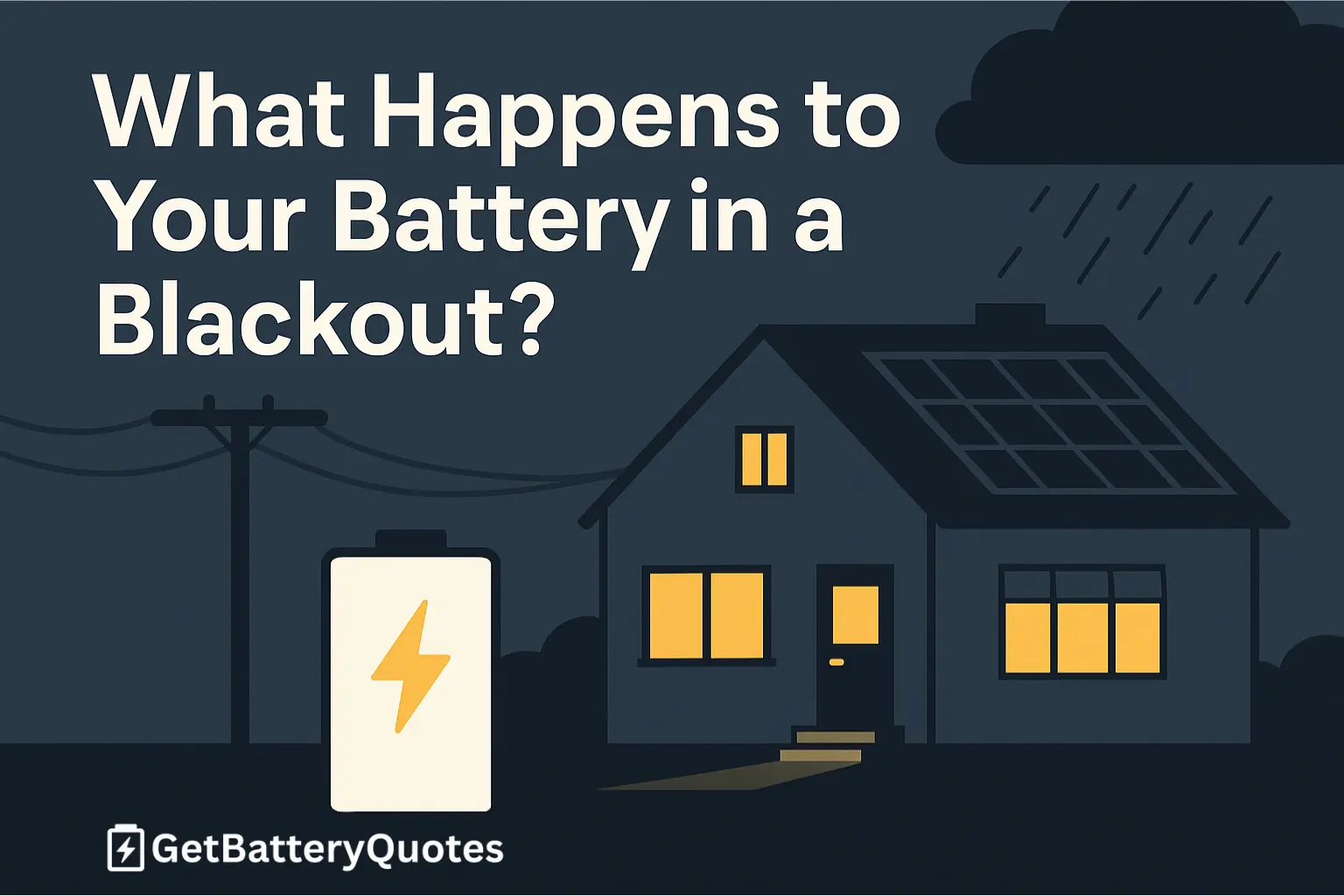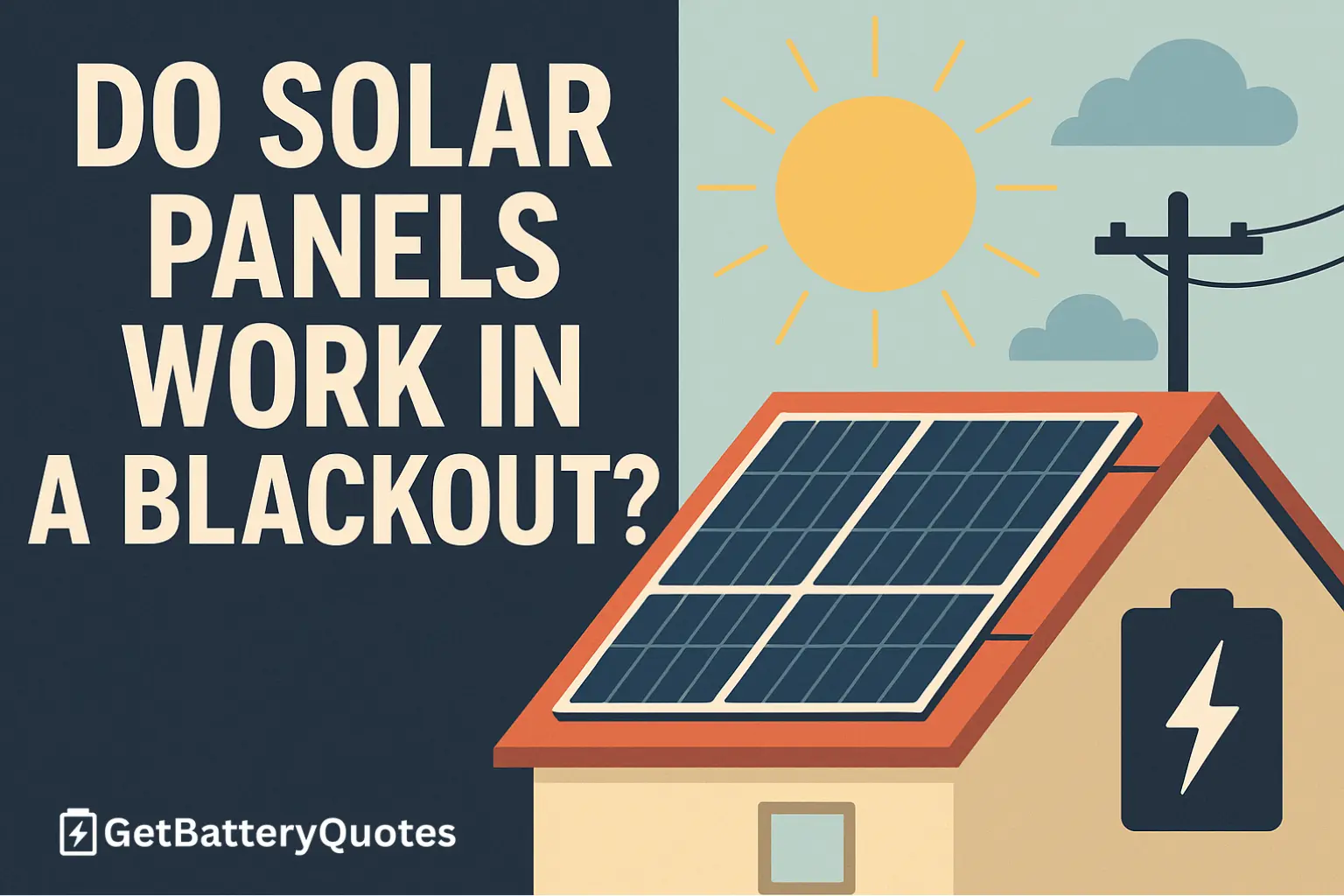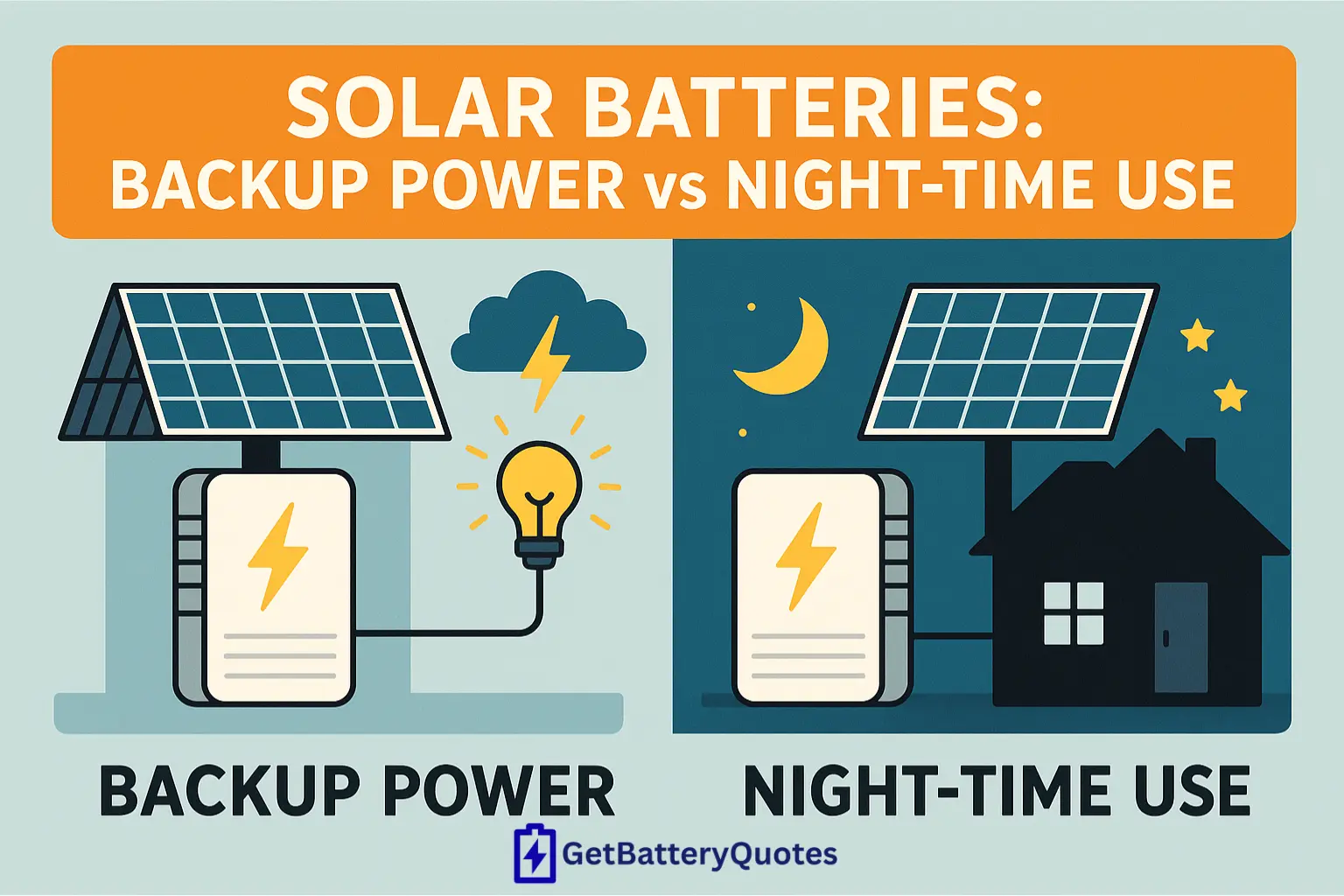Upgrading your battery? Here’s how to claim the rebate safely and legally.
If you had a stackable home battery installed before 1 July 2025, you might now be thinking about expanding your system. Maybe your energy usage has increased, you’re planning to add an EV charger, or you’re simply preparing for more frequent outages.
Or perhaps you’re looking to take advantage of the new federal battery rebate that helps lower the cost of additional capacity.
Thanks to modular design, many modern battery systems make it easy to add more storage over time without needing to replace the entire setup.
But here’s what many homeowners don’t realize: not all battery upgrades are automatically eligible for a rebate. In 2025, the Clean Energy Regulator (CER) released updated rules explaining when rebate claims are still allowed after expanding a stackable battery system.
In this article, we break down what this means, how it applies to popular systems like Sungrow, and what steps to take so you don’t miss out or accidentally make a costly compliance mistake.
Upgrading your battery? Here’s how to claim the rebate safely and legally.
Stackable (or modular) battery systems are designed to grow with your household. Instead of installing one large fixed unit, you begin with a smaller number of battery modules — and then add more later as your energy needs increase.
Each module typically provides around 3 to 5 kWh of storage, and they’re stacked together and managed by a battery control unit or hybrid inverter. The result is a single, scalable battery system that can expand over time.
Popular stackable systems installed in Australia include:
If you installed one of these systems before 1 July 2025, and you’re now thinking about adding more capacity, you’re not alone. Modular batteries are a practical way to meet growing energy demands especially if you’re now running air conditioning more often, charging an EV, or preparing for outages.
But while the physical upgrade may seem simple, claiming a rebate on the new modules isn’t always automatic. The Clean Energy Regulator (CER) has now issued updated rules to clarify when these kinds of battery expansions are still eligible and what your installer must do to make sure the rebate is claimed correctly.
Claiming the Battery Rebate: Sungrow Upgrade Scenario
Let’s say you had a Sungrow SBR battery installed in 2023 or 2024. At the time, you chose a system with three battery modules, giving you 9.6 kWh of usable storage. The system was paired with a compatible Sungrow hybrid inverter, and worked well for your needs at the time.
Now in 2025, your energy use has increased. Perhaps you’re charging an EV, running more appliances, or preparing for longer power outages. You decide to add three more SBR modules, expanding your total storage to 19.2 kWh.
From a technical perspective, this kind of upgrade is straightforward. The Sungrow battery is designed to be modular, and your system can support the extra capacity.
However, if you’re planning to claim the federal battery rebate on the new modules, it’s important to know that the Clean Energy Regulator has introduced specific rules for these types of expansions. Your eligibility depends on whether those new rules are followed correctly not just on the physical installation itself.
We’ll walk through those requirements next.
What the CER Now Requires for Rebate Eligibility
The Clean Energy Regulator has confirmed that homeowners who installed a stackable battery before 1 July 2025 can still claim the rebate when adding new modules. However, there are three clear conditions that must be met for the claim to be valid.
1. The Final System Must Match an Approved Configuration
After your battery is expanded, the full system must match a configuration listed on the Clean Energy Council’s approved product list. This includes:
For example, in a Sungrow system, your installer must ensure that:
If the upgraded system doesn’t match an approved configuration, the rebate may be denied.
| Model Number |
Brand |
Manufacturer |
| SBR064 |
SUNGROW |
Sungrow Power Supply Co Ltd |
| SBR096 |
SUNGROW |
Sungrow Power Supply Co Ltd |
| SBR128 |
SUNGROW |
Sungrow Power Supply Co Ltd |
| SBR160 |
SUNGROW |
Sungrow Power Supply Co Ltd |
| SBR192 |
SUNGROW |
Sungrow Power Supply Co Ltd |
| SBR224 |
SUNGROW |
Sungrow Power Supply Co Ltd |
| SBR256 |
SUNGROW |
Sungrow Power Supply Co Ltd |
2. The Installer Must Ensure Compliance
Only an SAA-accredited installer can carry out the upgrade and claim the rebate on your behalf. They are responsible for making sure the expanded system is safe, compliant, and properly documented.
This includes:
As the homeowner, you do not need to manage this process. However, it is important to choose an installer who is experienced with battery expansions and up to date with the CER’s rebate rules.
3. The New Modules Must Be Fully Compatible
The battery modules being added must be fully compatible with the existing system. This means:
If incompatible modules are used, the system may no longer operate safely and the rebate claim may be rejected.
Important: Only New Modules Are Eligible for the Rebate
If you are adding battery capacity to an existing system, it is essential to understand how the rebate applies.
The Clean Energy Regulator has made it clear that:
The rebate can only be claimed on the new battery modules being added, not the total capacity of the upgraded system.
For example, if you originally installed a 9.6 kWh Sungrow battery and you now add another 9.6 kWh, only the new 9.6 kWh is eligible for the rebate. Claiming the rebate on the full 19.2 kWh capacity would be incorrect.
Making a claim for the full system capacity rather than just the newly added portion may be considered a false or misleading statement to the Commonwealth. This is a serious offence and could result in penalties or the rejection of your rebate application.
While your installer is responsible for preparing and submitting the rebate claim, it is still helpful to understand what is being lodged on your behalf. If you are unsure, simply ask your installer what portion of the system is being claimed.
What Homeowners Should Ask Before Upgrading
As a homeowner, you don’t need to handle the technical details yourself. However, it’s still important to have confidence that your installer is doing things correctly especially when it comes to rebate eligibility.
Here are three simple questions to ask before going ahead with a battery upgrade:
Will the upgraded system match a configuration on the Clean Energy Council approved product list?
This ensures the entire system, including both the new and existing components, remains eligible for the rebate.
Are the new battery modules fully compatible with my existing setup?
Your installer should confirm that the modules match in model, voltage, and communication protocols, and are supported by your inverter and battery control unit.
Will all the necessary compliance steps be taken to support the rebate claim?
This includes safety checks, any required firmware updates, and submitting the correct paperwork.
A good installer will already have these answers ready and will guide you through the upgrade process with rebate compliance in mind. If you’re ever unsure, it’s always okay to ask for clarification.
Summary: You Can Expand. But It Must Be Done Right
If you installed a stackable battery system before 1 July 2025, you still have the opportunity to add more capacity and claim the federal battery rebate on the new modules. This is great news for homeowners who want to grow their system without starting from scratch.
However, there are now clear rules in place. To remain eligible for the rebate, the expanded system must match an approved product listing, the new modules must be compatible, and the installation must be carried out by a qualified professional who understands the compliance process.
You don’t need to worry about the technical steps, but it is important to work with an installer who knows what they’re doing and is up to date with the Clean Energy Regulator’s guidelines.
With the right support, you can expand your battery safely, keep your system compliant, and access the rebate you’re entitled to.
Ready to Add More Storage?
We can connect you with trusted installers who understand the latest rebate rules and can upgrade your battery safely and correctly.
Use our quote request form to get in touch with local experts who can assess your system and provide upgrade options.






